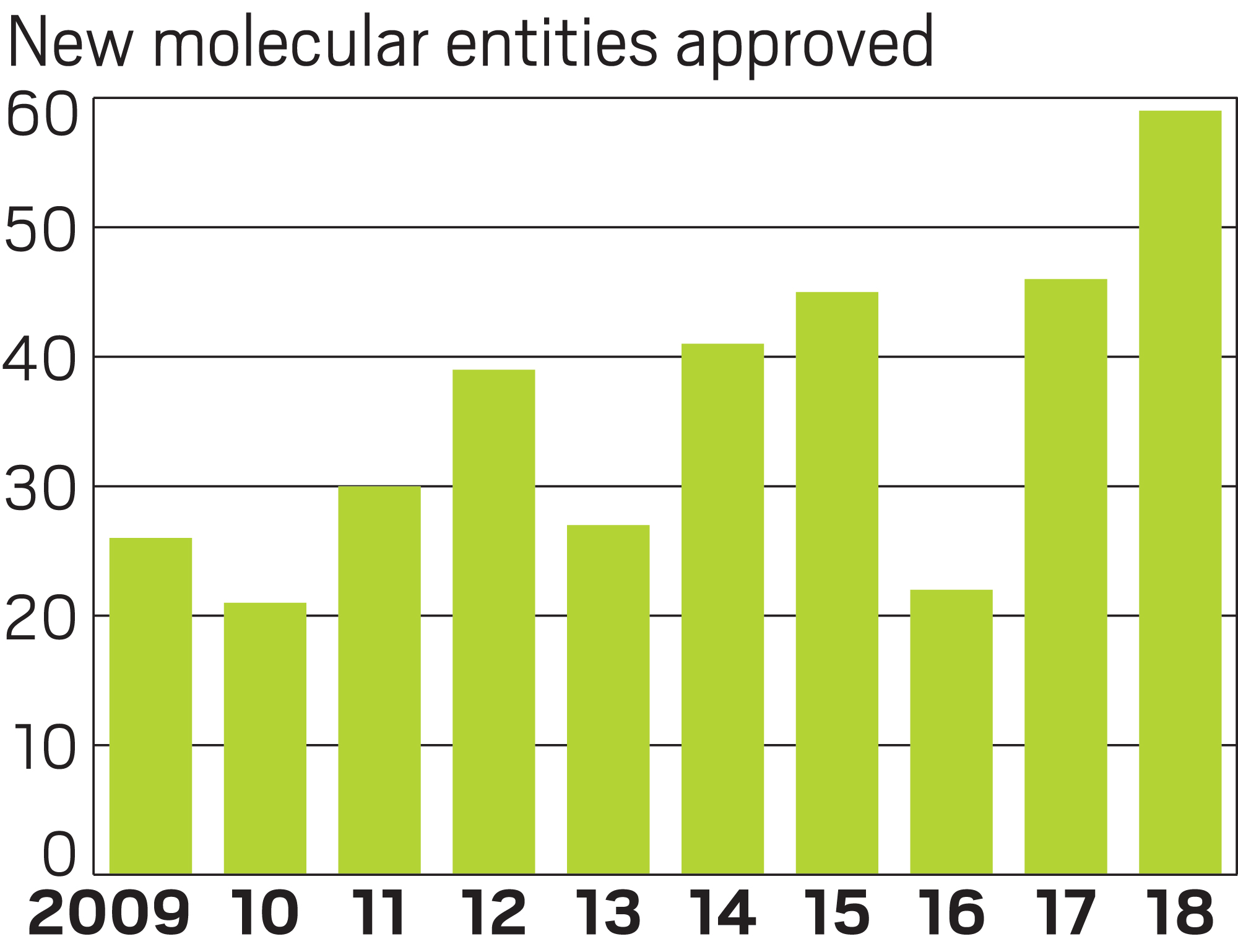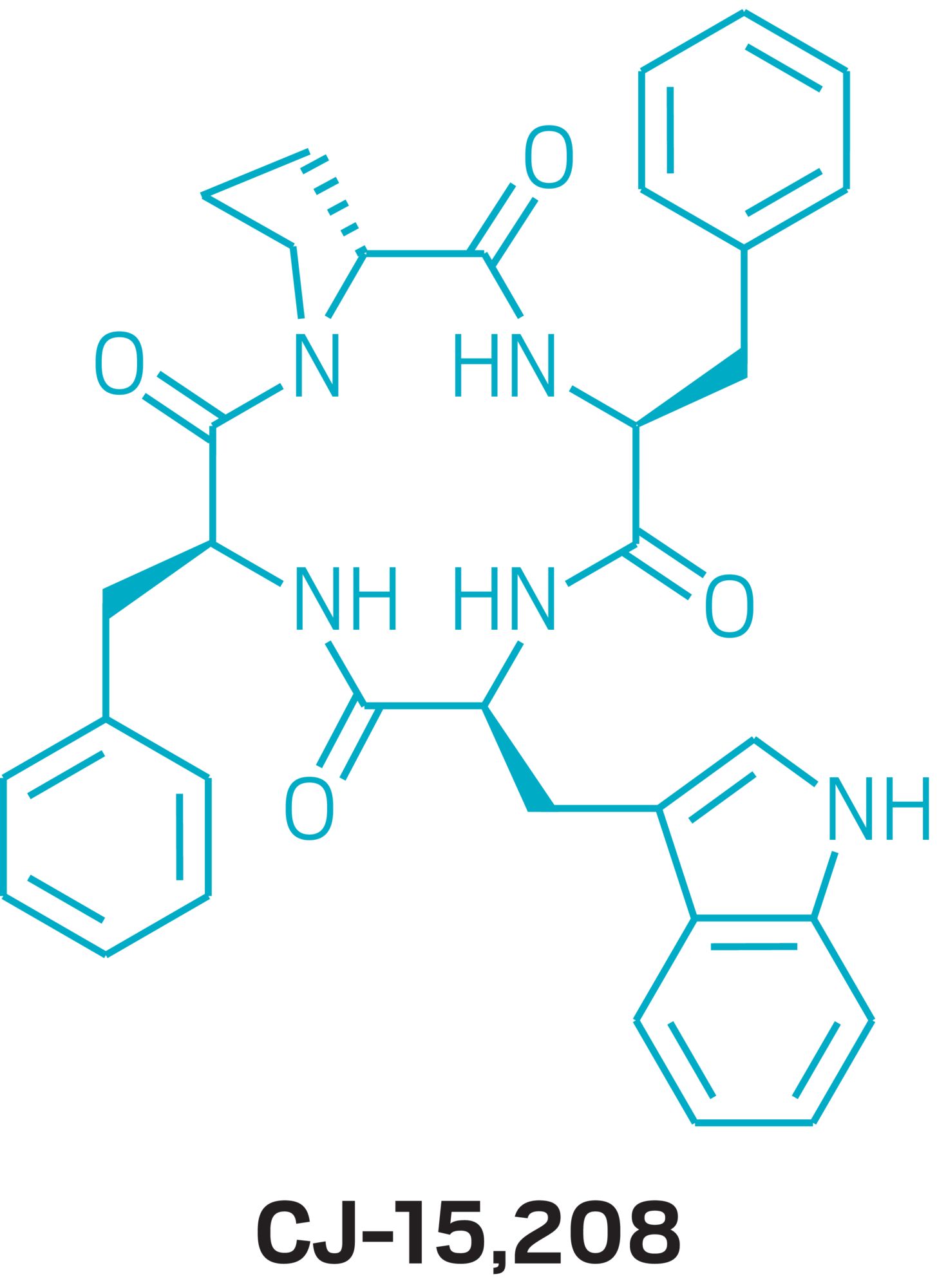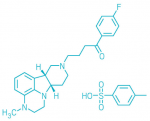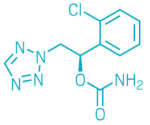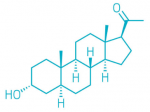S.J.B.
Bluelight Crew
- Joined
- Jan 22, 2011
- Messages
- 6,886
The American Chemical Society publishes a weekly news magazine entitled Chemical & Engineering News (C&EN), and all ACS members are eligible to receive it. I get the magazine in the mail every week (all the issues are online as well, but since I was very young I have always enjoyed receiving magazines in the mail). While perusing a couple of the latest issues today, it occurred to me that there are quite a few stories in the magazine that would likely be of interest to N&PD posters, as there is a significant focus on drug development and the pharmaceutical industry. Luckily, non-subscribers can still access the stories online. The stories in C&EN are written in a very readable fashion. I wouldn't say they are quite written for the layperson (which is why I figured this thread would be better off in N&PD than in DitM), but the authors try to minimise jargon and explain technical concepts in simple terms, and more often than not the stories link to a scientific article. The stories tend to avoid hyperbolic claims and to describe published research in an even-handed manner, something that is sorely lacking in most non-technical stories on scientific topics.
Since I read the magazine every week, I thought I'd start posting the stories that I come across that are (to my approximation) most relevant to the interests of the contributors and readers of this forum. Here are those that I came across for the past two issues:
August 13/20, 2018:
Scorpion venom yields novel alkaloid
Atropisomers in drug development
Chemistry of the Chinese liquor "baijiu"
August 27, 2018:
Mass spectrometry measures chemical exposures in e-cigarette users' mouths
China speeds up drug approvals
Is machine learning in chemistry overhyped?
Since I read the magazine every week, I thought I'd start posting the stories that I come across that are (to my approximation) most relevant to the interests of the contributors and readers of this forum. Here are those that I came across for the past two issues:
August 13/20, 2018:
Scorpion venom yields novel alkaloid
Atropisomers in drug development
Chemistry of the Chinese liquor "baijiu"
August 27, 2018:
Mass spectrometry measures chemical exposures in e-cigarette users' mouths
China speeds up drug approvals
Is machine learning in chemistry overhyped?

